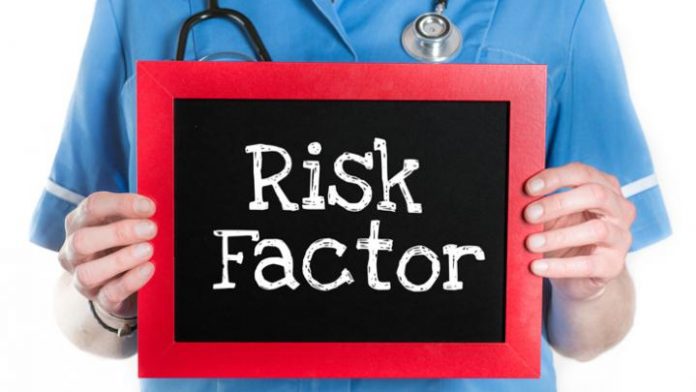Are we providing international patients the information they need to make informed health care decisions? Article published in the Journal of Medical Internet Research
Traditionally, medical tourists travel from high-income countries to middle and low-income countries seeking health care at a lower price. With a growing wealthy class in developing countries and increased access to the Internet, more people from around the world are travelling to the United States for better diagnostic capabilities, state-of-the-art medical technologies, and advanced treatment options than available at home.
In an article published in the Journal of Medical Internet Research, Yan Alicia Hong at the Texas A&M Health Science Centre School of Public Health poses the question: Are we providing international patients the information they need to make informed health care decisions?
Hong concentrated on the growing number of Chinese patients seeking treatment in the USA, particularly for birth tourism and cancer treatment, where patients typically spend $100,000 to $150,000 for their medical trip and pay for their treatment with cash up-front.
Hong lists four areas that need attention-
- A lack of a reliable assessment of healthcare quality across borders, including the connection between price and outcome.
- Insufficient communication on the risks associated with medical tourism with agencies promoting the benefits but not the risks. Most US websites have nothing on procedural, postoperative, or legal concerns associated with their services.
- Inadequate policies on ethical concerns related to clinical trials. Language and cultural barriers mean they may not understand the potential risk.
- Growing legal concerns including more frequent reports of lawsuits associated with medical tourism. Police raids of maternity hotels targeting Chinese women giving birth in USA and costly lawsuits associated with malpractice in treating international patients have made headlines. Some of these incidents were attributed to limited communication of risks.
Hong has no real answers or suggestions for these four problems other than the traditional academic one of a need for more research and discussion.








 ©2024 All rights reserved LaingBuisson
©2024 All rights reserved LaingBuisson 


